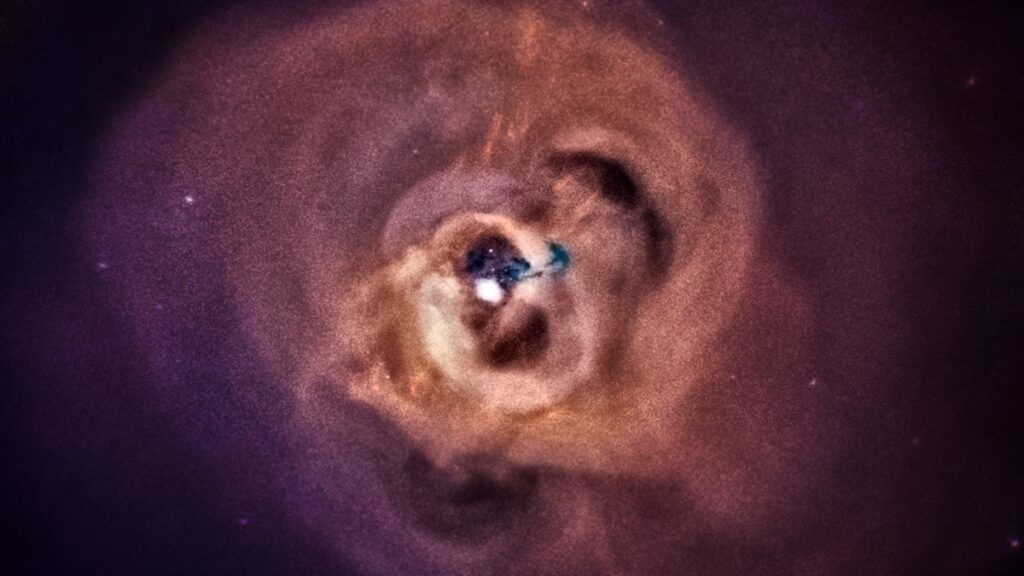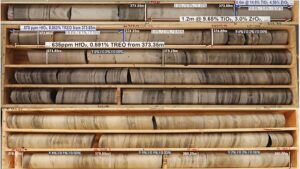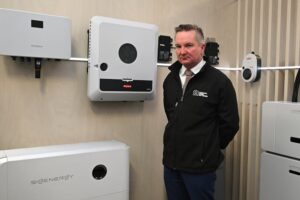
NASA has unveiled a striking audio clip that captures sound waves emanating from a supermassive black hole located approximately 250 million light-years away, at the center of the Perseus cluster of galaxies. Released in 2022, this unique sonification transposes the acoustic waves up by 57 and 58 octaves, rendering them audible to human ears. The result is an eerie howling that has been described as both unsettling and somewhat angry.
This audio marks the first time sound waves produced by a black hole have been extracted and made perceptible. While sound cannot travel through the vacuum of space, the gas surrounding this black hole is dense enough to carry acoustic waves. In an astonishing discovery made in 2003, astronomers detected these waves propagating through the gas surrounding the black hole, which has since gained fame for its haunting sounds.
The lowest note identified during this research is a B-flat, which sits over 57 octaves below middle C, corresponding to a frequency of around 10 million years. Although humans cannot hear this note in its original pitch, the recent sonification has elevated its frequency, allowing us to hear it as it might resonate through intergalactic space.
Understanding the Science Behind the Sound
The sonification process involved extracting sound waves radially from the supermassive black hole and playing them in an anti-clockwise direction. This technique enabled listeners to experience the sounds emanating from all directions, with pitches increased to 144 quadrillion and 288 quadrillion times their original frequency. The end result is a collection of sounds that, while unsettling, provide a fascinating glimpse into the behavior of cosmic phenomena.
The sound waves serve more than just a scientific curiosity. They play an essential role in heating the intracluster medium, the hot gas and plasma that exists between galaxies in the cluster. As sound waves propagate through this medium, they transport energy, which can influence star formation and the long-term evolution of galaxy clusters. The temperature of the intracluster medium also makes it detectable in X-ray wavelengths, with the Chandra X-ray Observatory being instrumental in both the original detection of the sound waves and the subsequent sonification project.
Another notable supermassive black hole, M87*, received a similar treatment. This black hole became famous as the first to be directly imaged by the Event Horizon Telescope collaboration. Accompanied by imaging from various instruments—including Chandra for X-rays and the Hubble Space Telescope for visible light—these observations revealed a massive jet of material expelled from the region near the black hole, traveling at speeds appearing faster than light in a vacuum.
Transforming Cosmic Data into Sound
The sonification of M87* was accomplished by converting various data types into sound. The lowest frequencies, derived from radio data, produced the lowest pitch, while optical data occupied the middle range, and X-rays produced higher pitches. This innovative approach not only enriches our understanding of cosmic phenomena but also provides a novel way to engage with the universe.
By transforming datasets into audible experiences, researchers can uncover hidden details that may lead to further discoveries about the vast and mysterious universe. This method allows for unique insights into complex astronomical phenomena, offering a fresh perspective on the intricate workings of the cosmos. With each new revelation, the sounds of the universe continue to captivate our imagination and deepen our understanding of the world beyond our planet.







